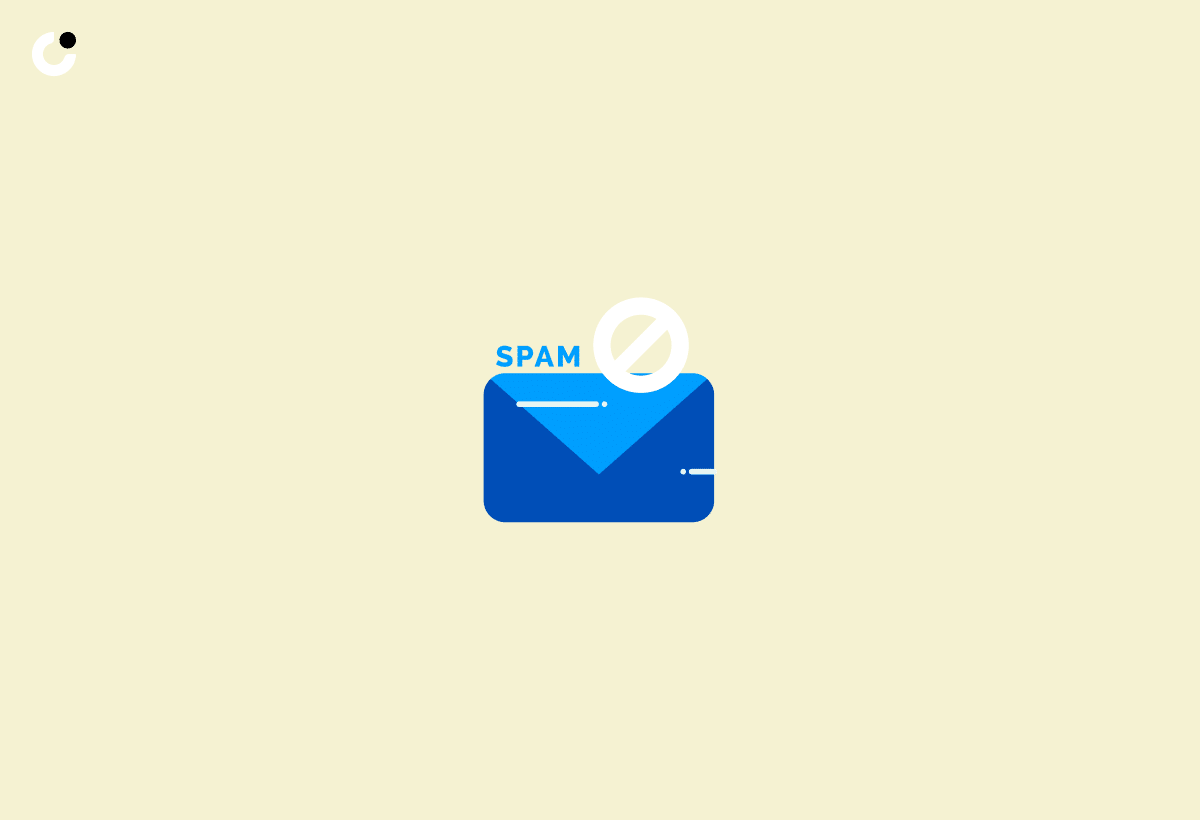Do your cold emails end up in the dreaded spam folder, never to be seen or heard from again? Are you struggling to reach new customers due to poor email deliverability? Worry no more! In this blog post, we will delve into the world of cold email spam words and reveal how to optimize your outreach to avoid spam filters and improve your email deliverability rates.
Key Takeaways
- Understand cold email spam words and how to avoid them for successful deliverability.
- Follow best practices such as personalization, optimizing subject lines and formatting content correctly to ensure emails don’t trigger spam filters.
- Adhere to GDPR guidelines and use list hygiene, A/B testing & follow up strategies for maximum success with your cold email campaigns.
Understanding Cold Email Spam Words
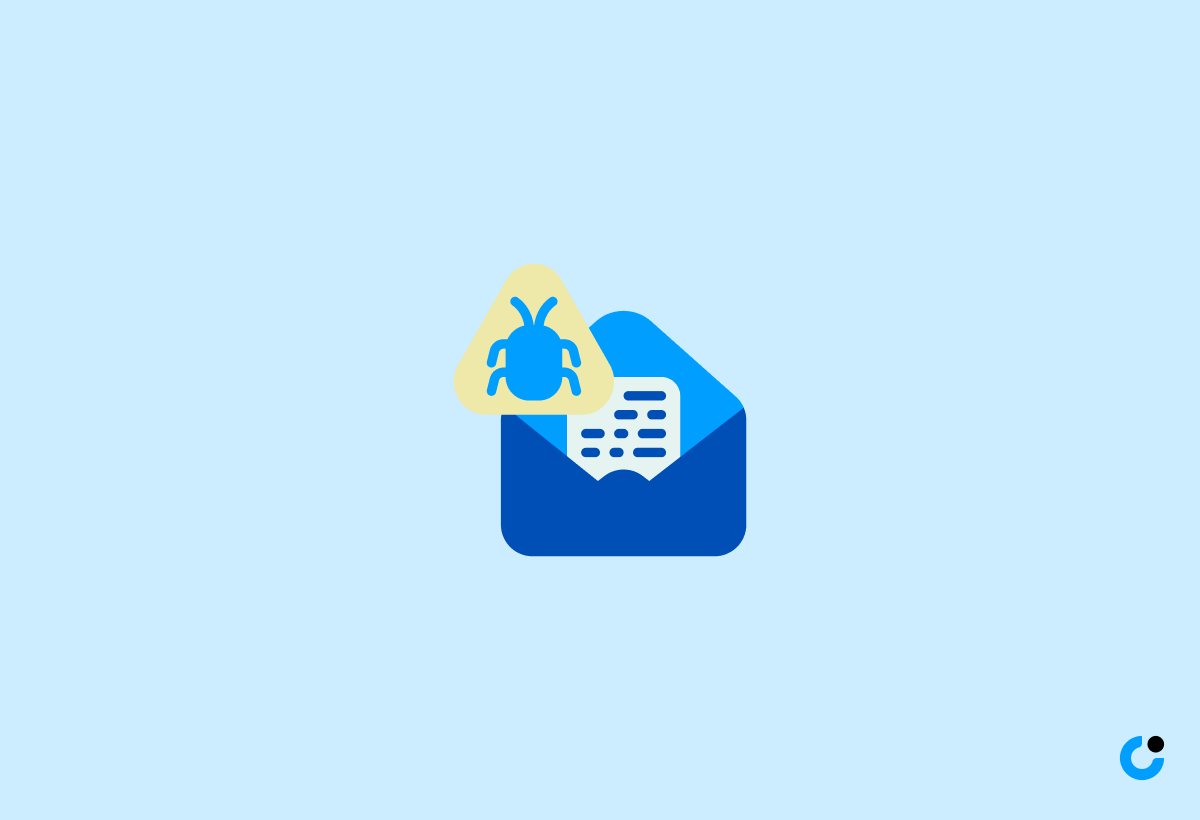
Spam trigger words are phrases commonly found in unsolicited emails, including those related to scams, manipulative language, overpromising, financial gain, and hidden costs. Including such words in your cold emails can negatively impact your email deliverability, as recipients hate spam and may mark your email as such.
Once you grasp the differences between cold emails and spam, comprehend how spam filters operate, and steer clear of spam trigger words, your email deliverability improves, enabling successful outreach to new customers.
The difference between cold emails and spam

Cold email marketing is an effective way to promote your business, product or service. It is done without having a pre-existing relationship with the individuals. In contrast, spam emails are unsolicited and often sent to a wide range of prospects without their consent. The crucial distinction between cold emails and spam lies in the fact that cold emails are targeted, relevant, and provide value to the recipient, while spam emails are undesired and often contain misleading information.
Grasping and sticking to this distinction significantly enhances email deliverability and reduces the chances of being marked as spam. Dodging spam trigger words and refraining from resembling ‘spam-like’ behavior ensures your cold emails reach the intended recipients, yielding desired outcomes.
How spam filters work

Spam filters are intelligent technology employed by email service providers to scan emails for keywords and behaviors typically associated with spam. Their primary purpose is to protect inboxes from unwanted emails, but there is still a chance that legitimate emails may be incorrectly flagged as spam.
Understanding spam filter mechanics and following best practices in your email content helps keep your cold emails from being classified as spam. By doing so, you can improve your email deliverability and ensure that your message reaches its intended audience.
Identifying Common Cold Email Spam Words
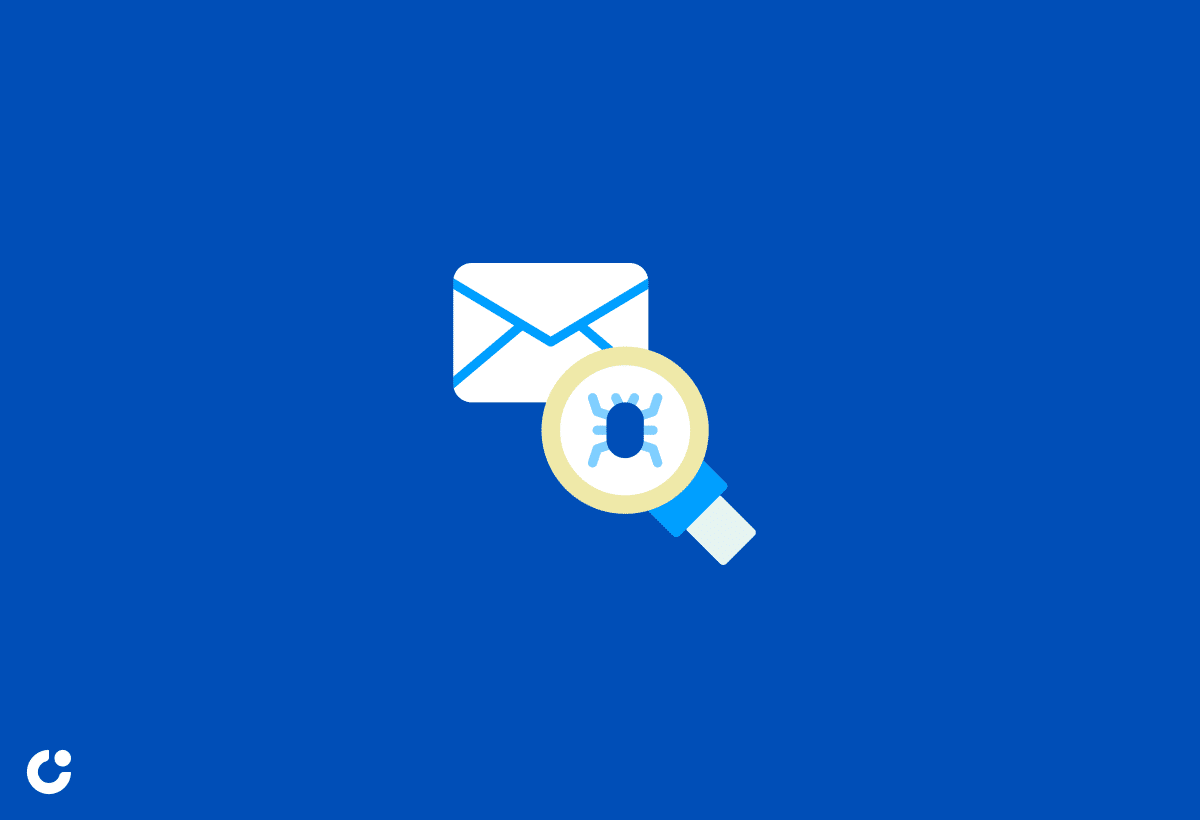
Knowledge of common cold email spam words and their avoidance in your email content is critical for attaining high email deliverability rates. In this section, we will present a comprehensive list of spam trigger words, categorized by sales and marketing, financial, and general trigger words, which can negatively impact your email deliverability.
Sales and marketing trigger words
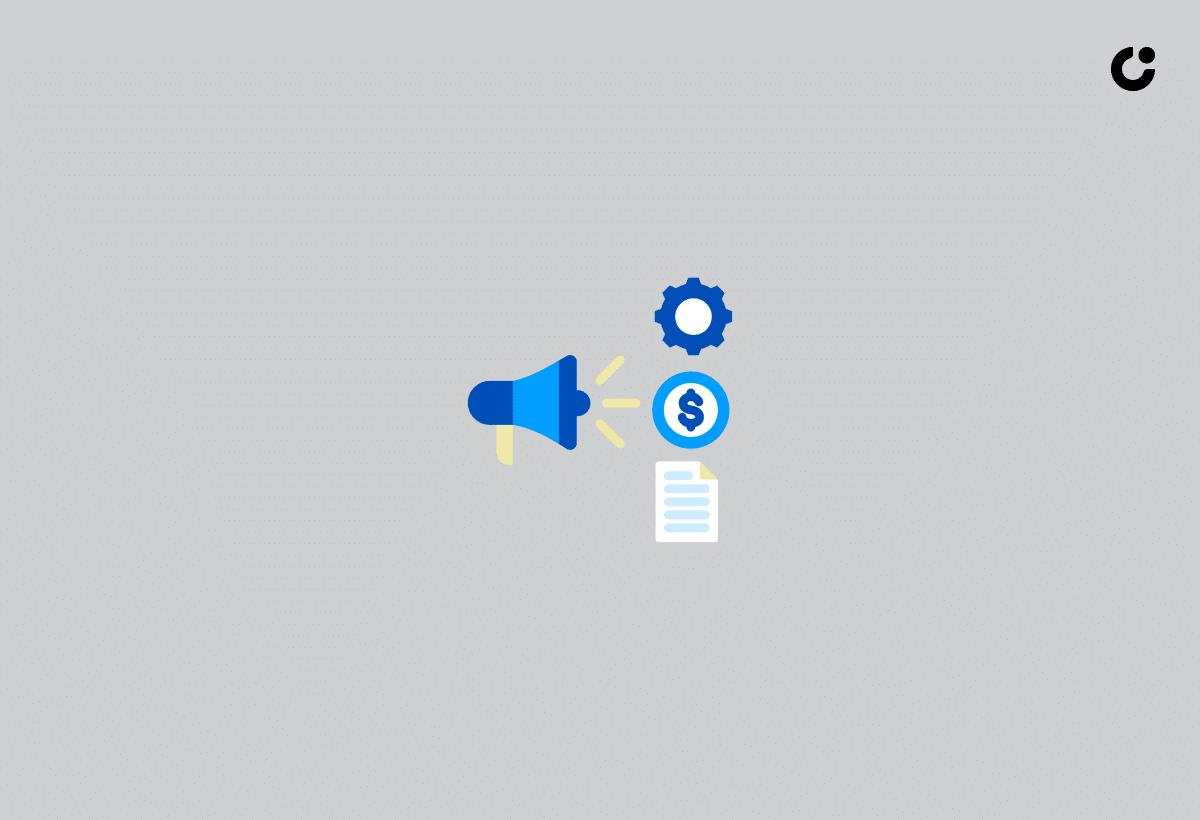
In the realm of sales and marketing, certain trigger words can increase the risk of your email being marked as spam. Examples of these words include:
- “amazing”
- “best price”
- “buy”
- “cash”
- “discount”
- “earn”
- “extra”
- “free”
- “guarantee”
- “increase sales”
- “marketing solutions”
- “money”
- “new customers”
- “offer”
- “opportunity”
- “performance”
- “profits”
- “promotion”
- “revenue”
- “sales”
- “save”
- “special promotion”
- “success”
- “win”
- “work from home”
These words are often linked with spam by spam filters due to their frequent use in unsolicited emails. For better deliverability, think about utilizing alternative words or phrases that communicate your message without setting off spam filters. To achieve this, it’s important to be aware of the words to avoid in your email content.
Financial trigger words
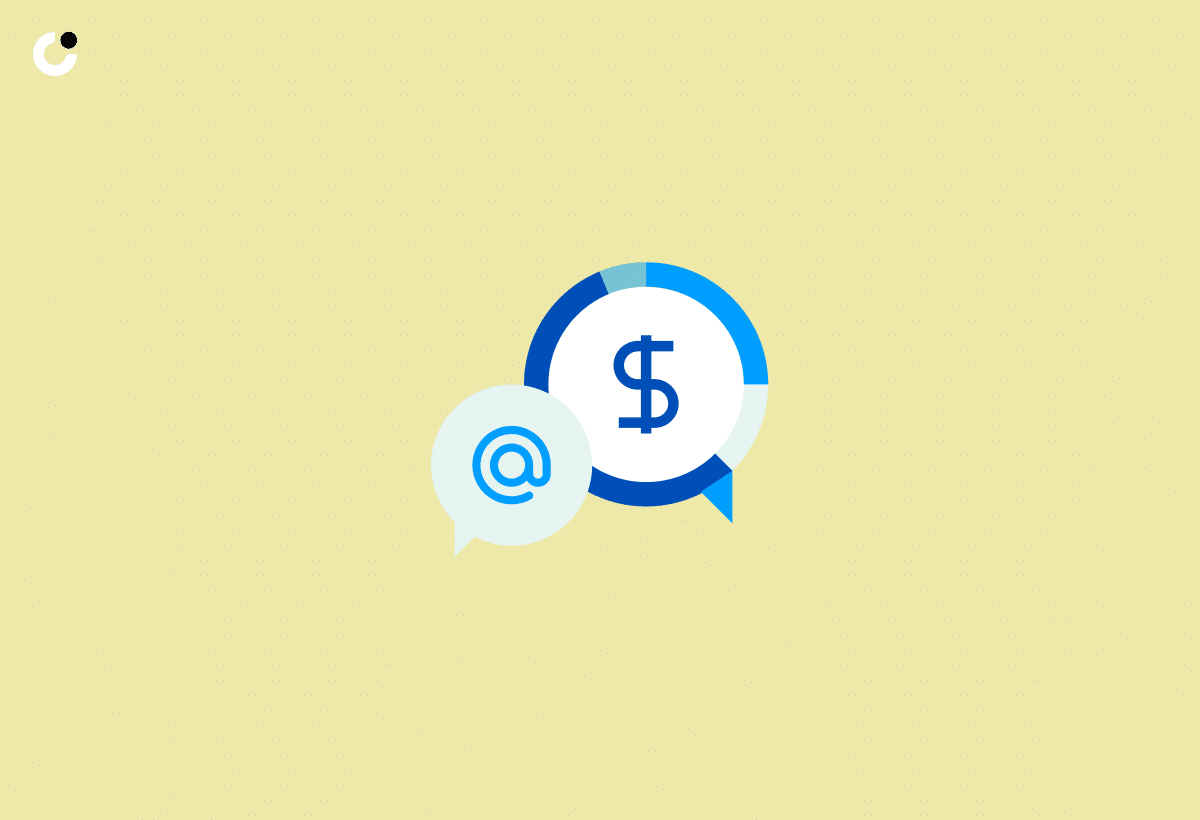
Financial trigger words are another category of terms that can have a detrimental effect on email deliverability. Some examples include:
- “accept credit cards”
- “avoid bankruptcy”
- “bill”
- “cash”
- “cheap”
- “credit”
- “earn”
- “extra”
- “fast cash”
- “finance”
- “financial freedom”
- “financially independent”
- “free”
- “get paid”
- “investment”
- “loans”
- “make money”
- “million”
- “money”
- “mortgage”
- “multi-level marketing”
- “opportunity”
- “pay”
- “price”
- “profits”
- “refund”
- “remove”
- “save big money”
- “save up to”
- “stock alert”
- “thousands”
- “unsecured credit”
- “wealth”
As many spam emails revolve around financial scams or promotions, the presence of these words in your cold email can activate spam filters. To boost your email’s deliverability, steer clear of these trigger words and choose different phrasing.
General trigger words

General trigger words refer to phrases that can alert spam filters. Such terms can result in emails being blocked or flagged as spam. Examples of these words include:
- “act now”
- “apply now”
- “click below”
- “click here”
- “congratulations”
- “dear friend”
- “direct email”
- “email marketing”
- “for free”
- “for instant access”
- “for only”
- “free”
- “free access”
- “free gift”
- “free hosting”
- “free info”
- “free investment”
- “free membership”
- “free offer”
- “free preview”
- “free quote”
- “free trial”
- “get it now”
- “get started now”
- “information you requested”
- “instant”
- “limited time”
- “money back”
- “no catch”
- “no cost”
- “no credit check”
- “no fees”
- “not spam”
- “offer”
- “one time”
- “online marketing”
- “opt in”
- “order now”
- “please read”
- “promise”
- “remove”
- “risk free”
- “satisfaction”
- “search engine”
- “see for yourself”
- “sent in compliance”
- “spam”
- “this isn’t a scam”
- “this isn’t spam”
- “this won’t last”
- “trial”
- “unsecured credit”
To ensure your cold emails reach their recipients and don’t land in their spam folders, it’s vital to focus on trigger words to avoid in your email content, thus avoiding spam trigger words.
Strategies for Avoiding Spam Filters in Cold Emails
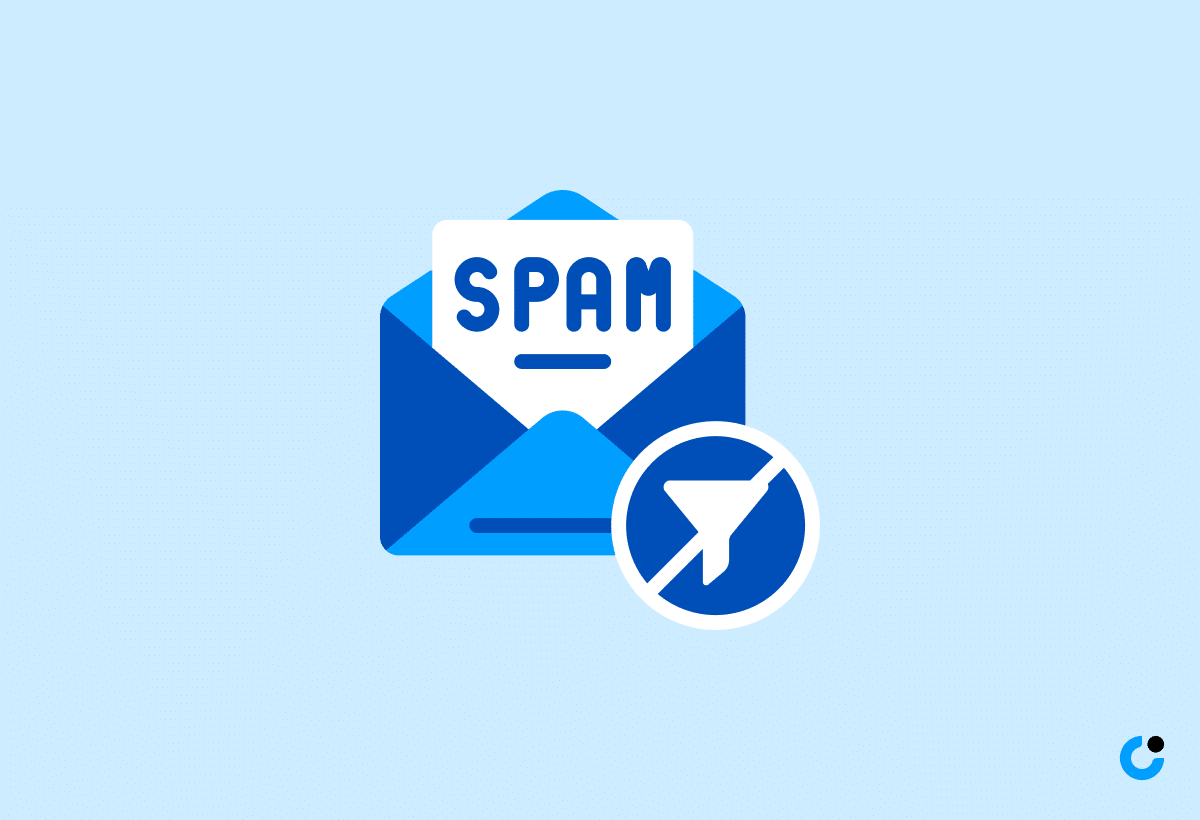
Employing tailored strategies and adhering to industry best practices helps you dodge spam filters and enhance the deliverability of your cold emails. In this section, we will discuss personalization, subject line best practices, and content formatting tips to help you maximize the success of your cold email campaigns.
Personalization and relevance

Personalization and relevance play a pivotal role in ensuring your cold emails avoid spam filters. By customizing the content of your email to be pertinent to the recipient’s needs, interests, or pain points, you demonstrate that you understand their individual circumstances and can provide a solution.
Moreover, personalized emails have higher engagement rates and are less likely to be classified as spam, thus ensuring better deliverability. Incorporating personalization and relevance into your cold emails enhances user engagement, open rates, and ultimately, the success of your email campaign.
Subject line best practices
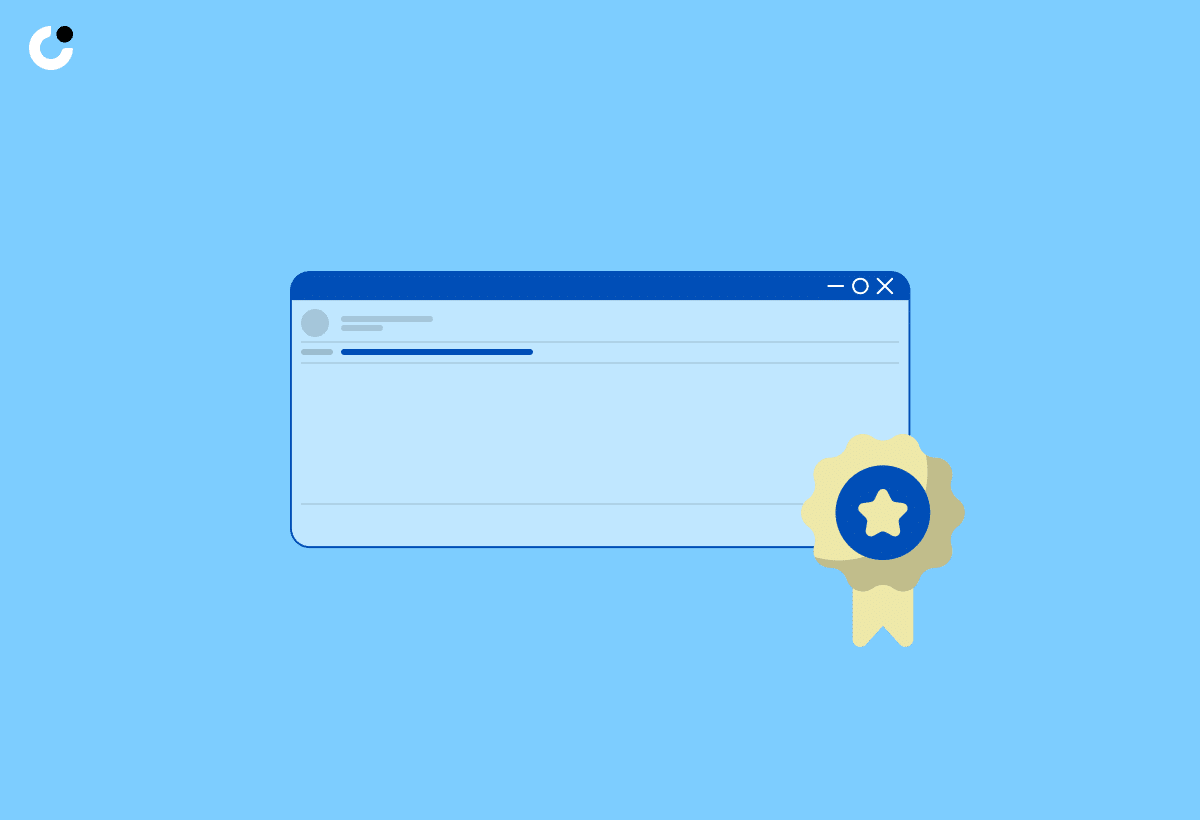
Crafting a compelling and concise email subject line is crucial in avoiding spam filters and ensuring that your email reaches its intended audience. To optimize your subject line, consider implementing the following best practices:
- Be clear and accurate in conveying the content of your email.
- Avoid using spam trigger words and phrases.
- Personalize the subject line by including the recipient’s name or relevant information.
- Keep the subject line within an optimal character or word limit.
Adhering to these subject line best practices can reduce your cold email’s likelihood of being flagged as spam and boost your email deliverability.
Content and formatting tips
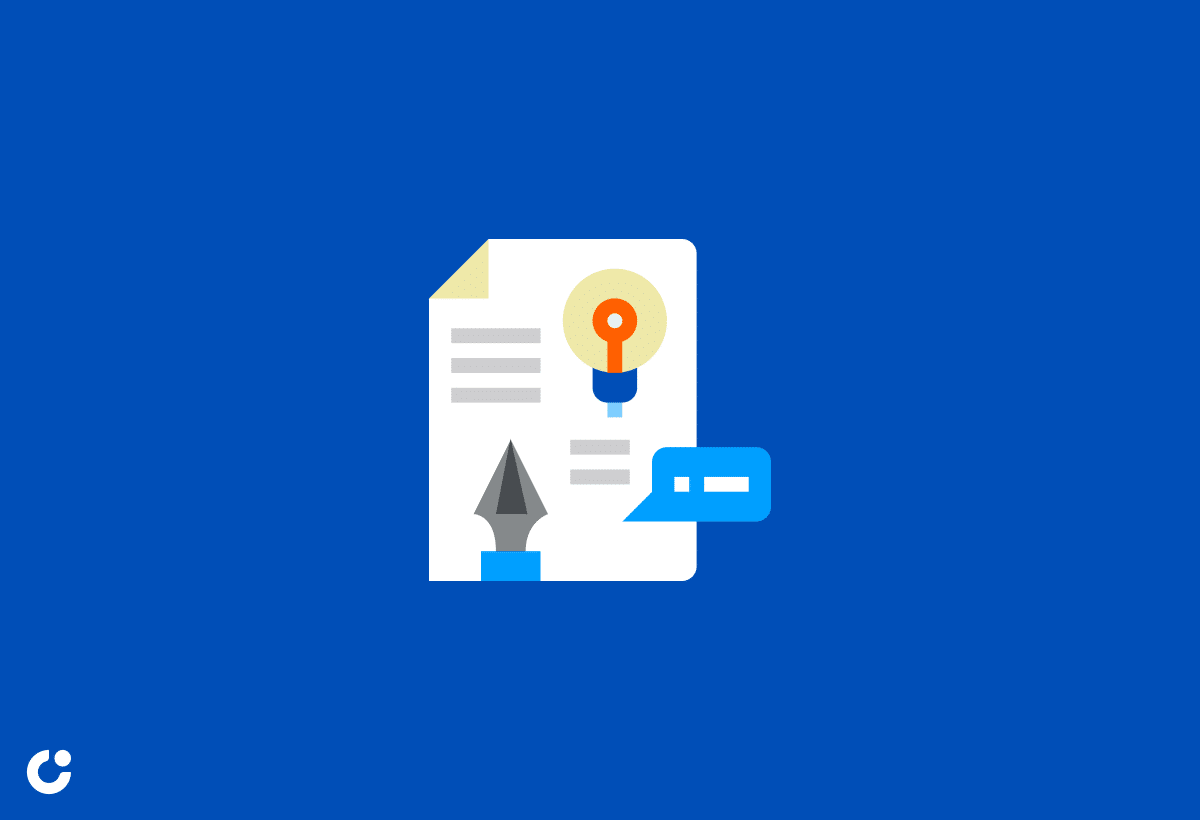
In addition to personalization and subject line best practices, the content and formatting of your cold emails play a significant role in ensuring they avoid spam filters. Here are some tips to follow when crafting your cold email content:
- Use plain text instead of HTML.
- Avoid large images and excessive use of links.
- Maintain a consistent sender name and email address.
- Include an unsubscribe option.
Following these content and formatting guidelines helps enhance your email deliverability and guarantees that your cold emails don’t trigger spam filters.
Tools to Check Your Cold Emails for Spam Words
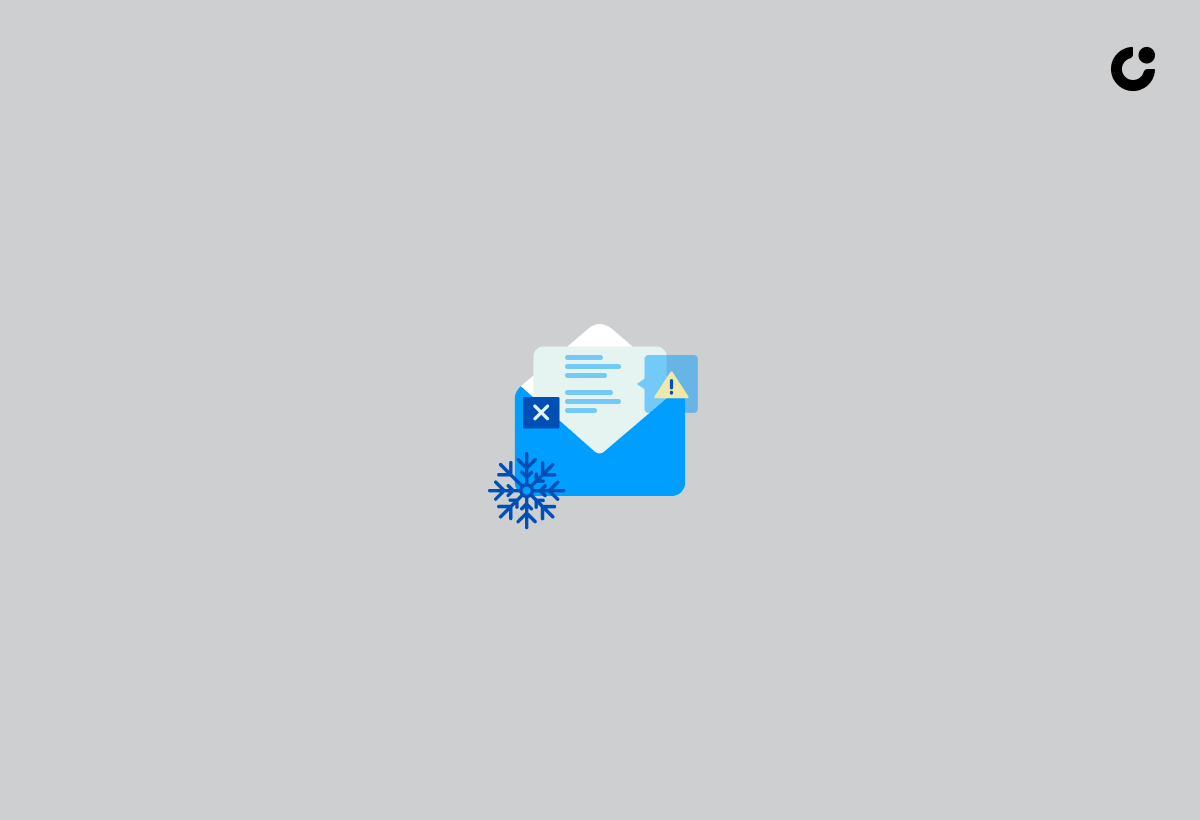
In this section, we introduce several tools that can help you check your cold emails for spam words, including Mail-tester, Postmark, and alternative spam checkers. Utilizing these tools to scrutinize your emails allows you to pinpoint potential spam triggers and refine your content for better deliverability.
Mail-tester
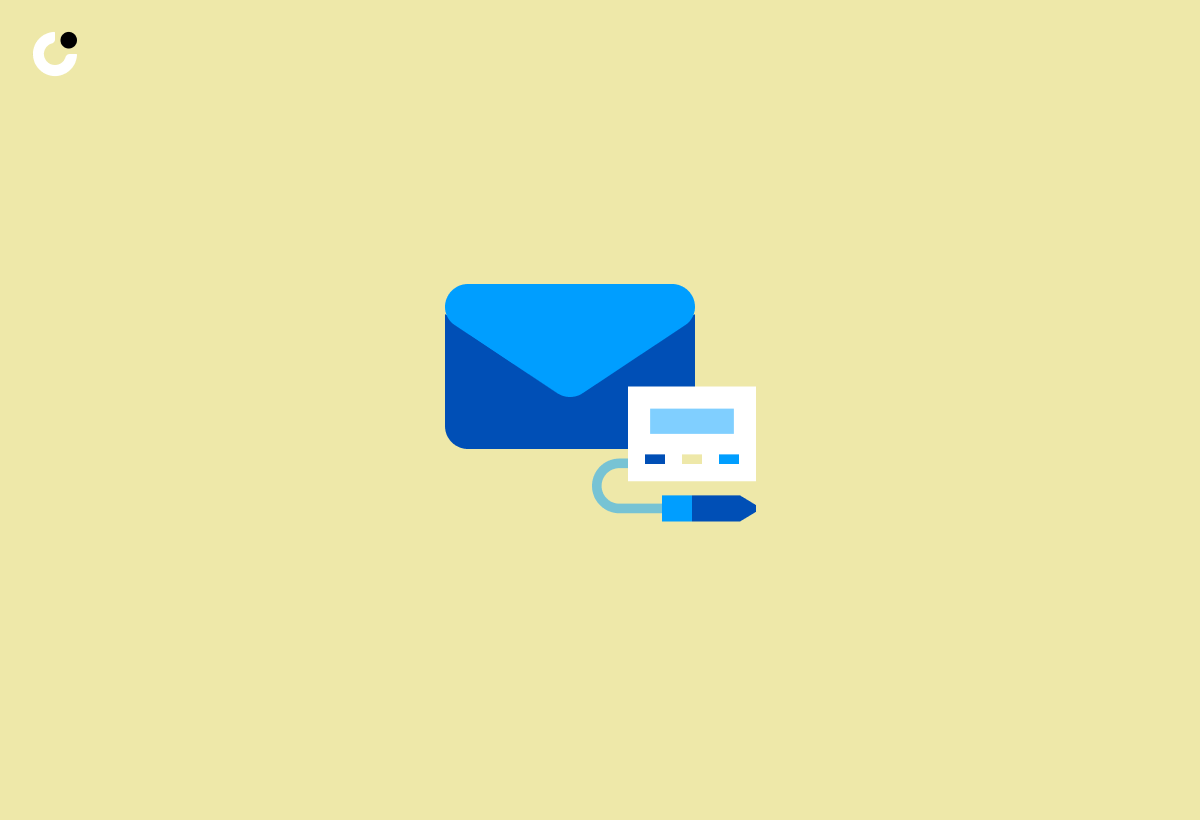
Mail-tester is a tool that evaluates emails and provides an in-depth report on the configuration of the message, mail server, and sending IP. It scans your email’s content and searches for words or phrases that could trigger spam filters.
Mail-tester aids users in optimizing their cold emails for better deliverability and avoiding spam marking by identifying and flagging these spam words. Using Mail-tester before sending your cold emails can help ensure that your message reaches its intended audience and doesn’t end up in the spam folder.
Postmark

Postmark is an email delivery service that specializes in providing high deliverability rates for transactional emails. Although it does not specifically focus on detecting spam words in cold emails, Postmark employs a scoring system to assess various criteria and decide if an email is spam or not.
Trusted by prominent companies such as Uber, Booking.com, Yelp, Spotify, and Airbnb, Postmark is renowned for its dependability and exceptional performance when sending transactional emails.
Alternative spam checkers
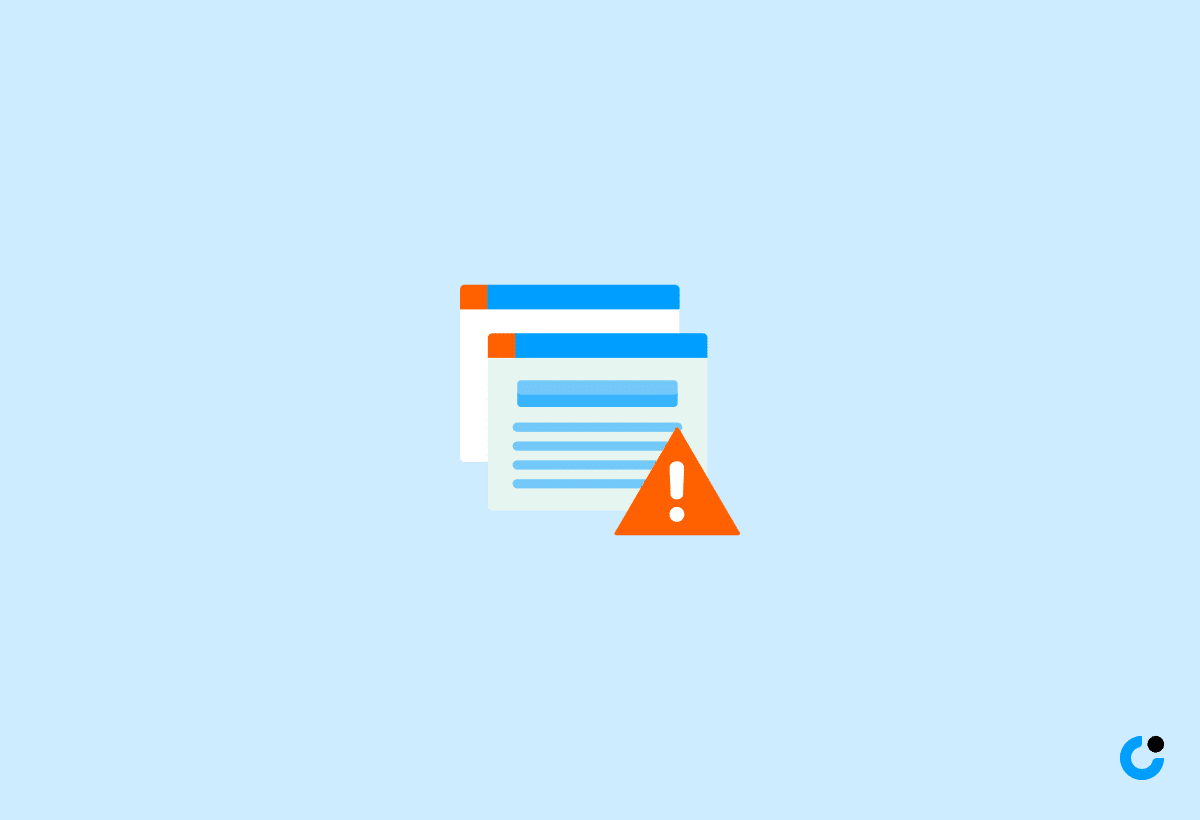
In addition to Mail-tester and Postmark, there are alternative spam checkers such as:
These tools can help you identify spam words in your cold emails.
Utilizing various spam detection tools and approaches guarantees your cold emails are devoid of spam trigger words and are optimized for better deliverability. Combining these tools with best practices in content, subject lines, and personalization can help you achieve success in your cold email campaigns.
Legal Considerations for Cold Email Outreach

Legal regulation compliance is crucial while carrying out cold email outreach. In this section, we will discuss the importance of complying with the CAN-SPAM Act and adhering to GDPR guidelines to ensure that your cold email campaigns are both effective and legally sound.
Compliance with the CAN-SPAM Act
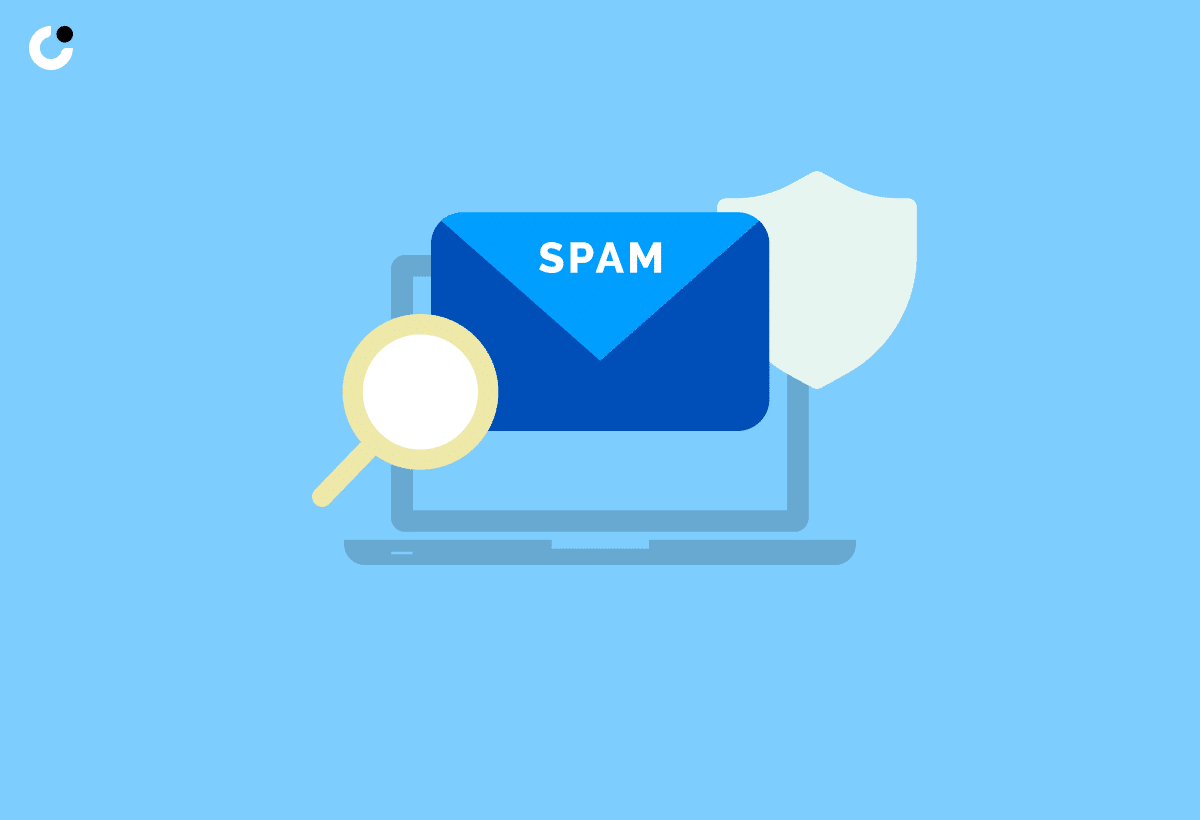
The CAN-SPAM Act regulates commercial email and outlines specific requirements such as:
- Providing a valid physical address
- Including an opt-out mechanism
- Honoring opt-out requests
- Including a legitimate return email address
- Avoiding deceptive information
- Clearly identifying the email as an advertisement
Failure to comply with the CAN-SPAM Act can result in fines of up to $16,000 per email. Adherence to the CAN-SPAM Act guidelines and maintaining transparency in your email communications is critical to dodge these penalties and ensure your cold email campaign’s success.
Adhering to GDPR guidelines
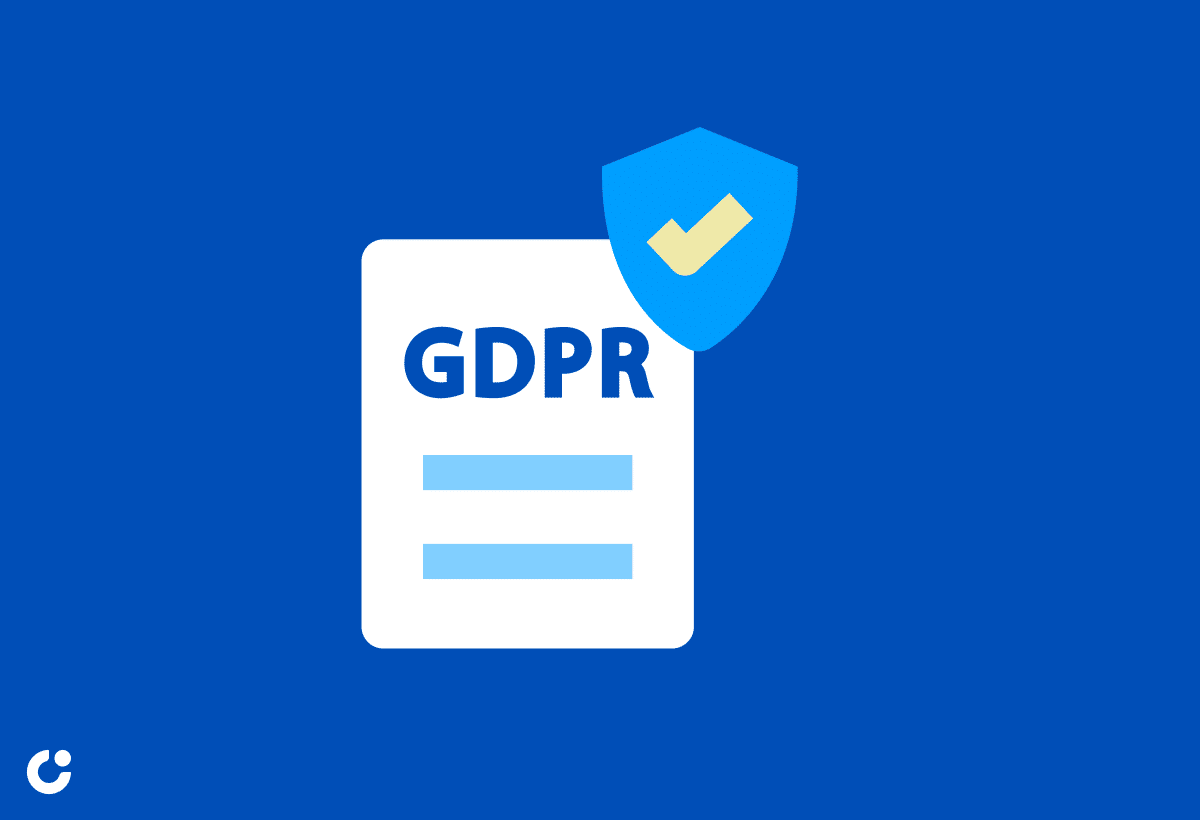
The General Data Protection Regulation (GDPR) is a regulation that seeks to protect the personal data of individuals in the European Union and applies to cold email campaigns as well. To ensure compliance with GDPR guidelines, you must:
- Have a legitimate reason for contacting people
- Obtain their consent when necessary
- Only reach out to those who can benefit from your product or service
- Be able to explain how you obtained their contact information.
Non-compliance with GDPR guidelines can result in fines of up to €20 million or 4% of your worldwide revenue. Adherence to GDPR guidelines in your cold email outreach helps avoid hefty fines, ensuring your email campaigns are effective and legally compliant.
Best Practices for Cold Email Campaigns

This final section outlines best practices for cold email campaigns, encompassing list hygiene, A/B testing, and follow-up strategies. By following these best practices, you can optimize your cold email campaigns for maximum success and ensure that your emails reach their intended audience.
List hygiene and segmentation

Upholding list hygiene and segmentation is vital for your cold email campaigns to succeed. Here are some key steps to follow:
- Clean and maintain your email list to ensure its quality and efficacy.
- Remove inactive or unengaged email addresses.
- Verify the validity of email addresses.
- Segment your list based on engagement levels.
By following these steps, you can improve the effectiveness of your cold email campaigns.
Practicing list hygiene can help your cold email campaigns avoid spam filters, improve deliverability, and increase engagement with recipients. By maintaining a clean and segmented email list, you can ensure that your cold emails reach the right audience and generate the desired results.
A/B testing and analytics

Both A/B testing and analytics are integral in the optimization process of cold email campaigns. A/B testing involves comparing two versions of an email to evaluate which performs better, while analytics helps you recognize trends and patterns in customer behavior so you can make informed decisions about your email campaigns.
By utilizing A/B testing and analytics, you can continuously improve your cold email campaigns, identify what works best for your audience, and make data-driven decisions to maximize the success of your email outreach.
Follow-up strategies

For successful cold email outreach, effective follow-up strategies are indispensable. It is generally advisable to wait 3-7 days before sending the initial follow-up email, with subsequent follow-ups sent at intervals of a few days to a week.
Some optimal strategies for following up without appearing to be sending spam include:
- Initiating contact with highly qualified leads
- Being cordial
- Inquiring as to whether one should cease contacting them
- Providing value in the follow-up
- Personalizing each email
- Continuing the same thread for follow-ups as the opening email
By implementing effective follow-up strategies and becoming your own boss, you can join millions of Americans who increase the chances of a positive response and ultimately expand their businesses.
Summary
In conclusion, understanding and avoiding spam trigger words in your cold emails is essential for improving email deliverability and ensuring your message reaches its intended audience. By employing personalization, subject line best practices, content formatting tips, and effective follow-up strategies, you can optimize your cold email campaigns for maximum success. Remember to stay up-to-date with legal considerations such as the CAN-SPAM Act and GDPR guidelines, and utilize tools like Mail-tester and Postmark to check your emails for spam words. With these best practices in place, you can confidently embark on your cold email outreach journey and achieve the results you desire.
Frequently Asked Questions
What words trigger email, spam?
Words like 'urgency', 'shady' and 'overpromise' are commonly known to trigger email spam filters. They put pressure on the recipient, make unethical or exaggerated claims, and can potentially harm your reputation.
What are spam phrases?
Spam phrases are words typically associated with scams, overpromising and manipulative language that can trigger spam filters when used in email subject lines.
Is urgent a spam word?
Yes, 'Urgent' is one of the many words to avoid when sending emails as it may trigger spam filters. Other words to watch out for include “free,” “earn money,” “act now,” “click here,” “buy now,” “limited time offer,” “get rich quick,” and “make money fast.”
How do spam filters work?
Spam filters scan emails for specific keywords and behaviors associated with spam, helping email service providers to protect their users from malicious or unwanted content.
What is the difference between cold emails and spam?
Cold emails are carefully tailored messages that are sent to specific recipients with relevant content, while spam emails are unsolicited and contain irrelevant or misleading information.

